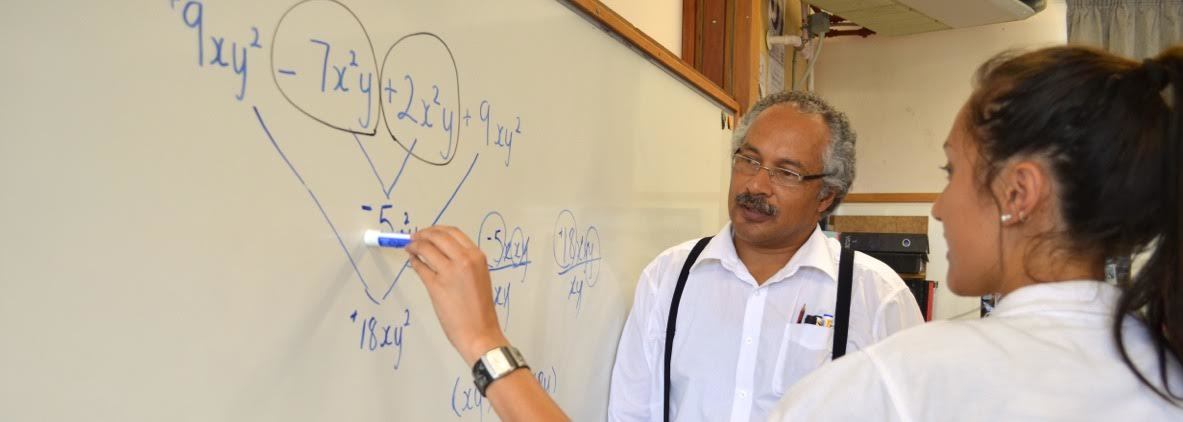Ma te huruhuru, ka rere te manu
With feathers the birds can fly
Literacy, Te Reo Māori and Numeracy


Ma te huruhuru, ka rere te manu
With feathers the birds can fly
Kia Eke Panuku can support schools to:

Literacy was once thought of as belonging specifically to the subject of English. However, all subjects have curriculum specific reading, writing, vocabulary, listening, oral language and visual literacies. It is essential therefore, that subject teachers recognise these as legitimate learning and assessment opportunities and fully understand the contribution they can make in ensuring students have access to these foundational skills.
The Kāhui Whakaako schools have worked with the Kia Eke Panuku team to develop a kete of shared resources for use across the curriculum within Kia Eke Panuku schools.

Te reo Māori is the indigenous language of Aotearoa New Zealand and is recognised as an official language. Under the Treaty of Waitangi, it is recognised as a taonga, a primary source of our nation’s self-knowledge and identity.
By understanding and using te reo Māori across the curriculum, all New Zealanders can become more aware of the role played by the indigenous language and culture in defining and asserting our point of difference internationally.
By learning te reo Māori and becoming increasingly familiar with tikanga, Māori students strengthen their identities, while non-Māori students journey towards shared cultural understandings. All who learn te reo Māori help to secure its future as a living, dynamic, and rich language.
As students learn, they come to appreciate that diversity can be a key to unity.

Numeracy knowledge and skills provide an important foundation to mathematical concepts that are key to shaping how we deal with various spheres of private, social and civil life. Research continues to show that many students face obstacles when engaging with mathematics.
How teachers enhance their students’ access to mathematical ideas — irrespective of socio-economic background, home language, and out-of school affiliations — is fundamental.
New Zealand’s Ministry of Education provides clear imperatives regarding the important place of literacy, te reo Māori and numeracy across the curriculum. Alongside this they have provided a wealth of guidelines and resources.
Kia Eke Panuku will support schools to prioritise these curriculum areas and take responsibility for contributing to their development coherently across the curriculum. When students are supported to develop appropriate literacy, te reo Māori and numeracy skills, they will achieve across the curriculum areas and be better placed to enjoy and achieve education success as Māori.
Developing Communities of Mathematical Inquiry (Alton-Lee, Hunter, Sinnema & Pulegatoa-Diggins, 2012) is the first in a series of five BES exemplars for quality teaching. These exemplars were developed in response to requests from teachers and school leaders for real life examples of effective teaching approaches that accelerate the progress of diverse learners.
It describes how two teachers worked with a researcher to develop classroom learning communities within which students could engage in interactive and dialogic mathematical sense making. Most of the students in both classes were Māori and Pasifika, and the exemplar details significant changes that occurred in teacher knowledge and pedagogy and in student engagement and mathematical practices.
The effect sizes for the gains in both classes were very large: d = 2.39 for Ava’s class and d = 2.53 for Moana’s class. These outcomes represent the equivalent of several years’ progress (compared with business-as-usual teaching) in just one year.
This exemplar can be downloaded as a PDF file by accessing the link below.
In terms of Kia Eke Panuku, this culturally responsive and relational approach to teaching mathematics exemplifies deliberate professional acts that teachers can utilise to accelerate the numeracy progress of Māori students.
This way of working provides an example of how schools might active the Ako: Critical Context for Learning model for accelerated student achievement.
For further information about developing mathematical inquiry communities, and to view video footage of this in action in classrooms and with whānau, access the link below.